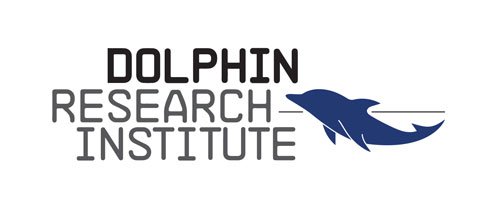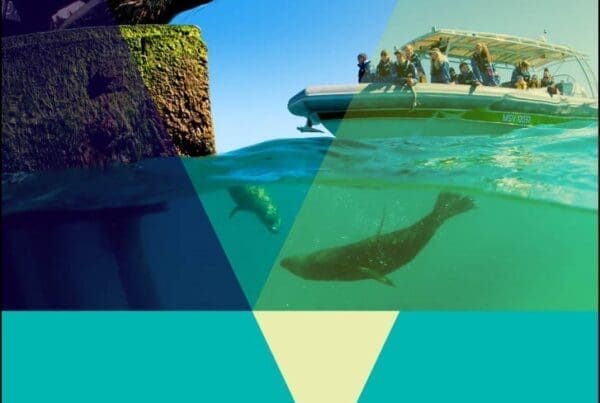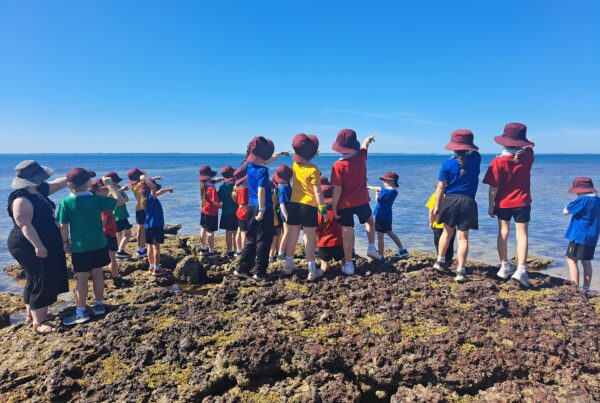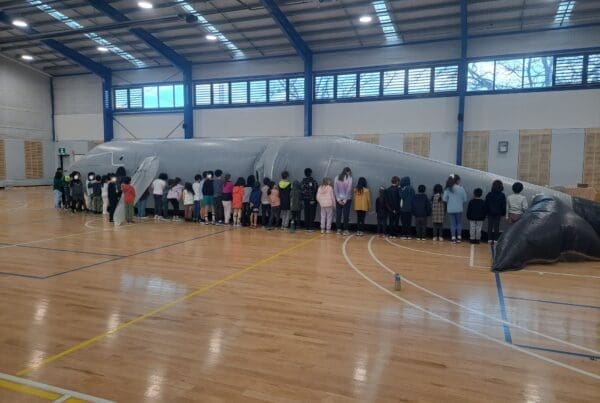Port Phillip Heads is the remarkable opening to Port Phillip where ships and incredible volumes of water pass in and out of the bay.
Peak of tidal flows over 7 knots create huge eddies and waves as the currents swirl through the narrow underwater canyon that makes the Rip so treacherous – and special.
The Rip Canyon was made by the Yarra River system at the last ice age, carving a curved gorge over 100m deep that works it’s way back into the bay to the Portsea Hole.
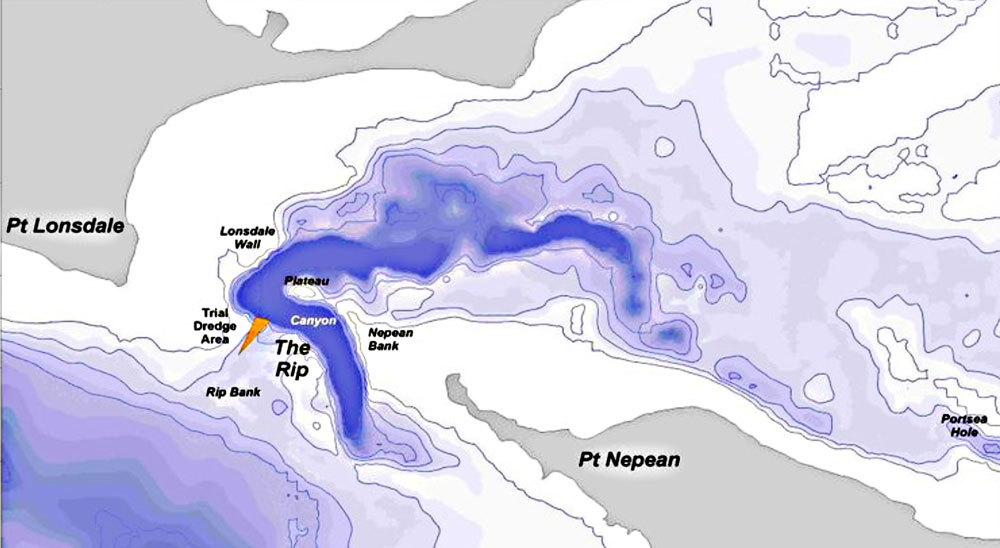
The light houses at Queenscliff help ships navigate through a very narrow channel to safely pass through the Rip, they then do a sharp right turn to head down the South Channel.
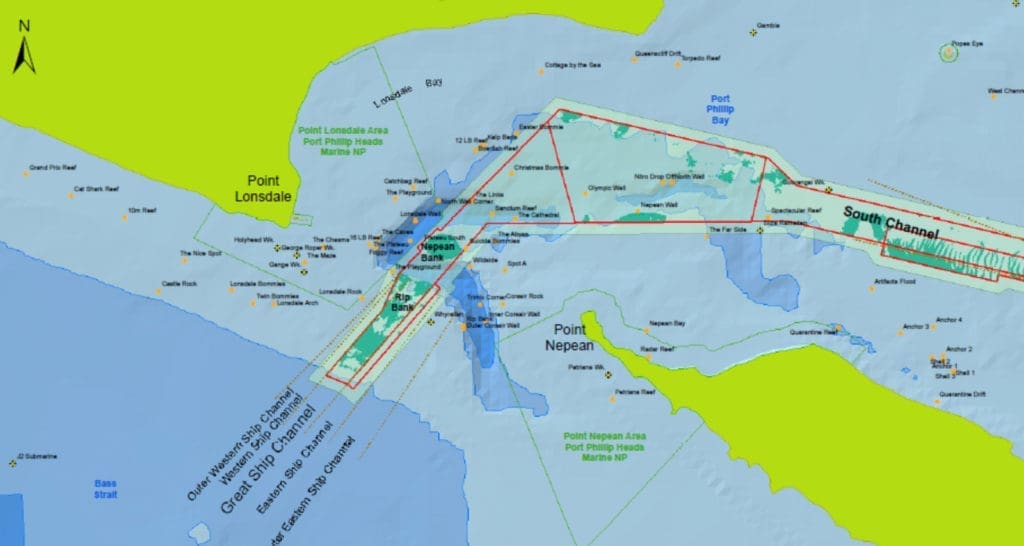
Commercial ships’ pilots board ships entering the bay outside the heads from small orange pilot boats. They stay on the ship to safely navigate it to Melbourne, then do the reverse for a ship leaving the bay. The orange pilot boat picking them up and returning to their Queenscliff base.
The “Rip” is not named for the “ripping” currents but after a ship the “Rip.” It is just one of the many ship wrecks that lie at the bottom of this treacherous waterway.
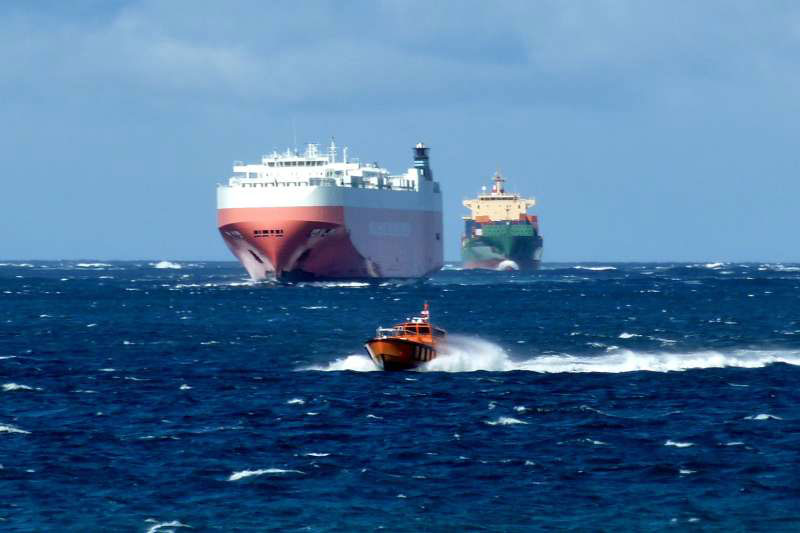
The Rip Canyon is also one of the most incredible dive locations on the planet – although you don’t have much time to dive in the slack between flooding and ebbing tides.
The steep drop-off goes down in massive steps to more than 100m, more than double the safe depths for normal scuba divers. Huge caves and ledges are home to a rich diversity and colour of marine life equal to anything on the Great Barrier Reef.
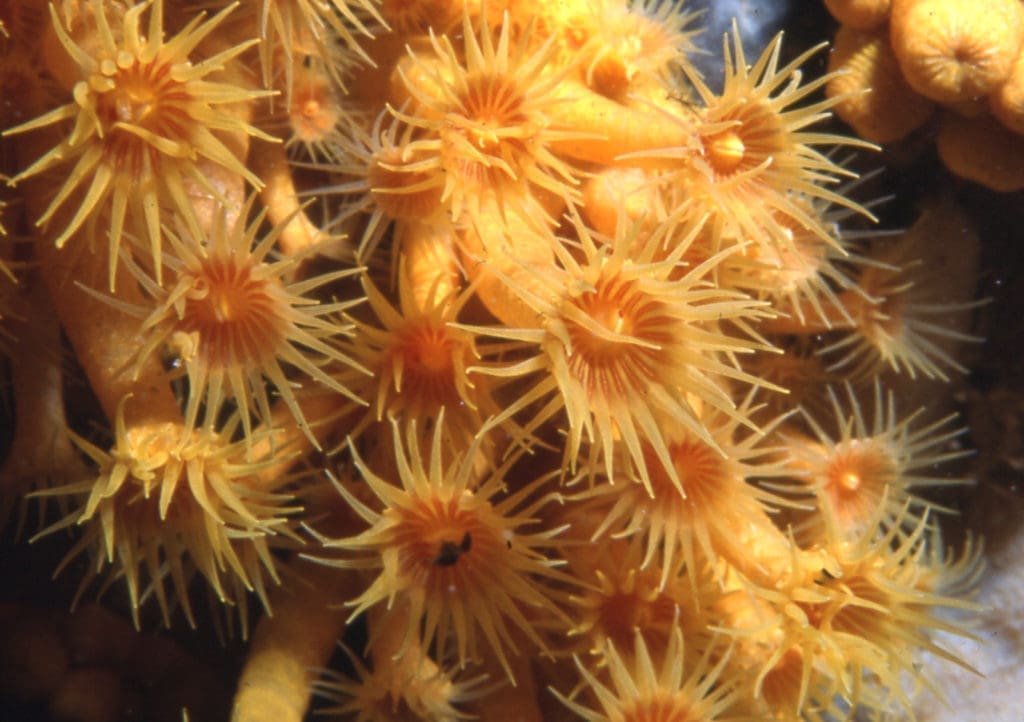
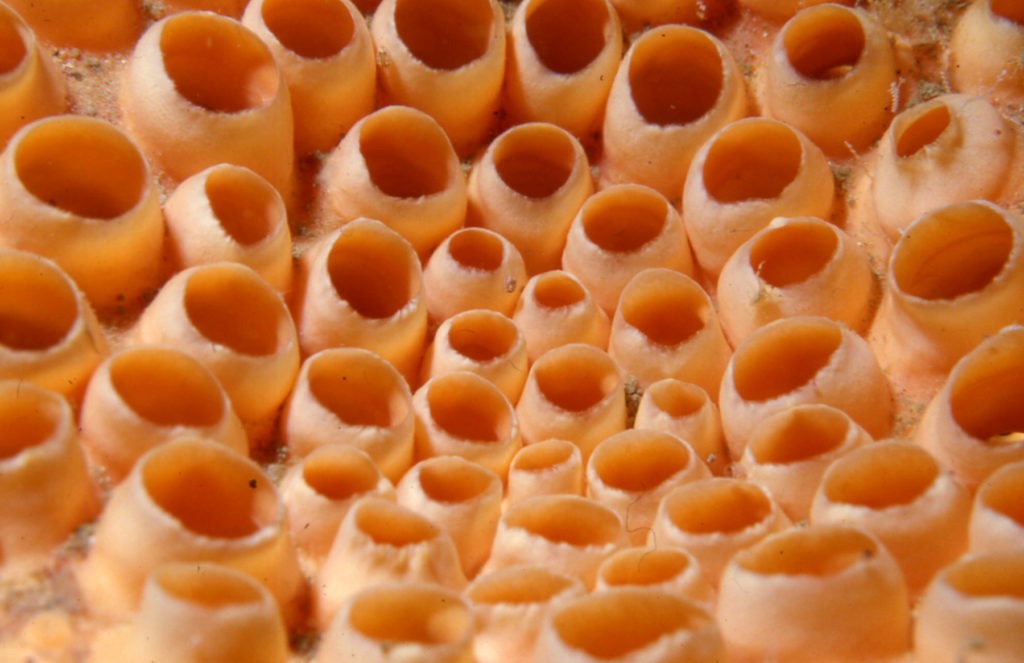
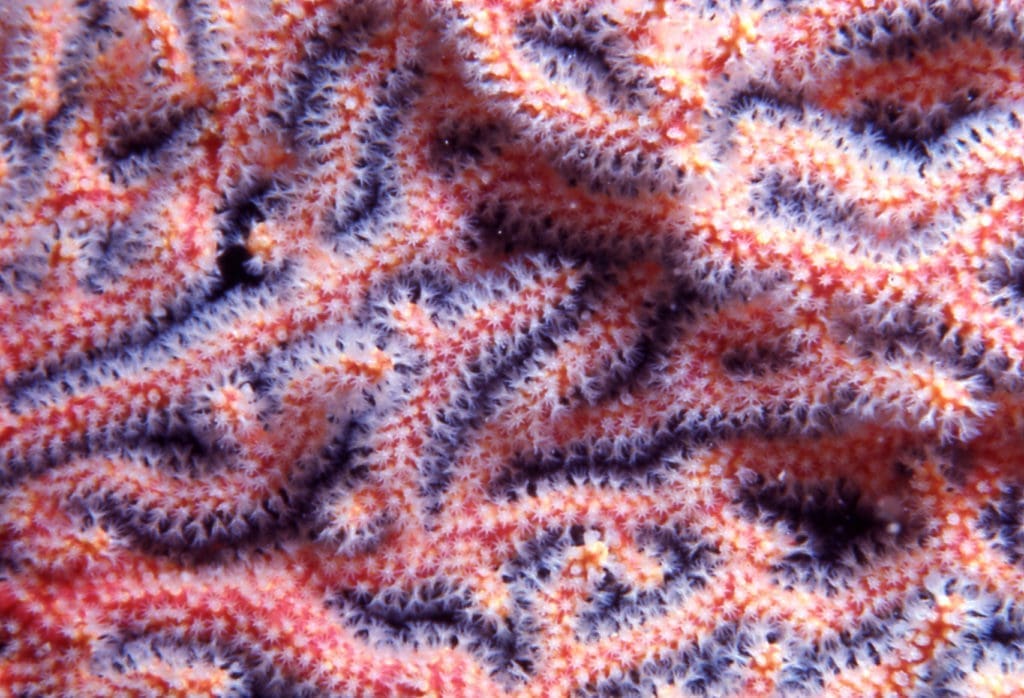

The Dolphin Research Institute has been caring for our bays and dolphins through Research and Education since 1991. You can support the Institute’s work by Donating or becoming an Adopt-A-Dolphin supporter.
